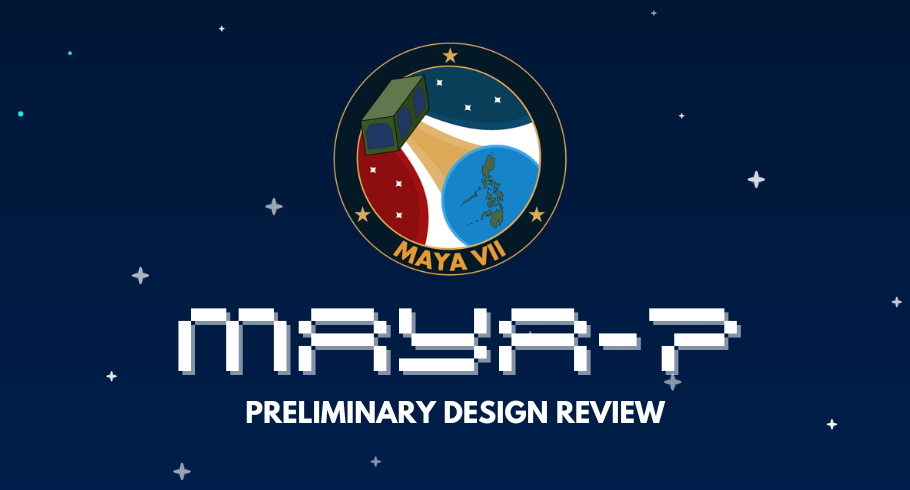The Philippine Space Agency (PhilSA), in collaboration with the Electrical and Electronics Engineering Institute (EEEI) of the University of the Philippines Diliman (UPD) and four Philippine universities, successfully completed the Preliminary Design Review (PDR) of the Maya-7 satellite project on 29 June 2023.
Maya-7 is a 2U CubeSat (two-unit cube satellite) being developed through the PhilSA ACCESS Nanosat, or the Advancing Core Competencies and Expertise in Space Studies Nanosat Project. ACCESS Nanosat provides the opportunity for Filipinos to pursue a master’s degree with specialized courses in satellite engineering at the UPD EEEI. The ACCESS Nanosat Team, consisting of students and researchers, are developing the Maya-7 CubeSat.
To foster synergy, maximize learning opportunities, and contribute to the democratization of space, PhilSA also invited the winning 2022 Nanosat Mission Idea Contest (NMIC) Teams from Cebu Technological University (CTU), De La Salle University (DLSU), Mindanao State University – Iligan Institute of Technology (MSU-IIT) and University of the Philippines Los Baños (UPLB) to collaborate with the ACCESS Nanosat Team in the project.
Along with being involved in meetings and activities to grasp the nanosatellite creation process, each NMIC Team gets to contribute and develop a mission payload that will be integrated into Maya-7.
The first project milestone, the Mission Design Review (MDR), was previously held on 13 December 2022, during the 7th BIRDS International Workshop, where the satellite’s mission objectives, top-level mission, and system requirements were defined in consultation with stakeholders.
What does the second milestone mean?
On 23 and 29 June, the ACCESS and NMIC Teams presented the preliminary designs of the satellite bus subsystems and payloads that will fulfill the satellite’s mission objectives and requirements. Each design was deliberated and refined with the help of the technical reviewers and mentors, during the hybrid and online sessions. PhilSA officials and personnel, a UPD EEEI faculty adviser, and guests from other PH universities also participated in the event. During the meeting, Maya-7’s proposed patch designs were also discussed.
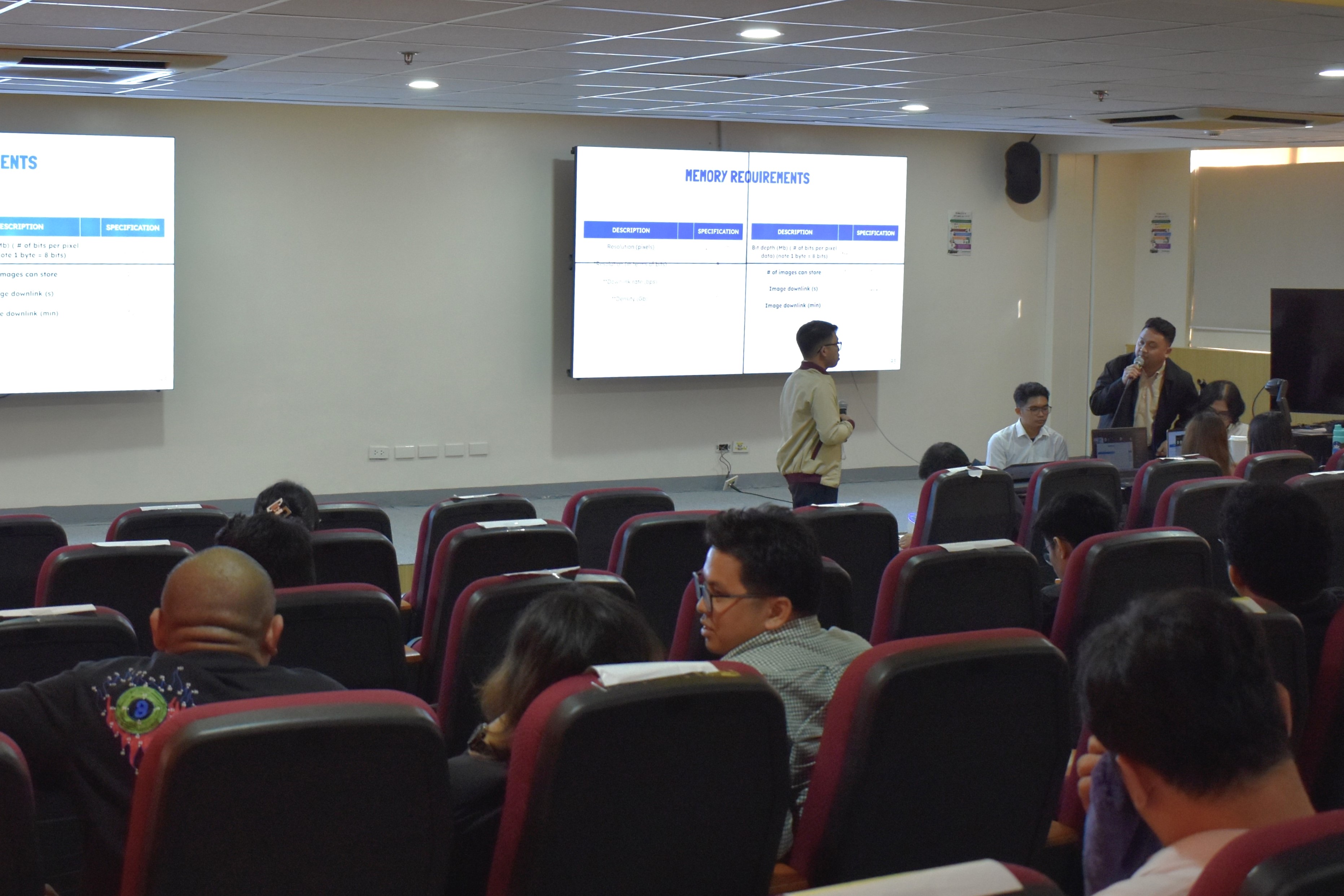
Presentation and discussion of designs during the hybrid meeting on 23 June 2023

ACCESS Nanosat Project Leader Dr. Adrian Salces reiterates the programmatic objectives of the Maya-7 CubeSat project during the online meeting on 29 June 2023
The Maya-7 satellite project aims to train the next generation of Filipino space engineers and foster nanosatellite R&D collaboration with and among Philippine universities, geared towards increasing indigenous development of nanosatellite technologies by designing, building, testing, launching, and operating a CubeSat.
During his welcome remarks, UP EEEI Assistant Professor and STeP-UP Project leader Dr. Paul Jason Co highlighted the importance of the Maya-7 PDR to the country. “This proves that [the Maya satellites that we’ve made before] are not just a fluke, and it’s something that we are decided on pursuing and continuing even into the future. And I hope that eventually [we’ll reach the point that what we’re doing right now] is not really a big deal because it’s supposed to be normal,” Dr. Co said.
PhilSA Director General Dr. Joel Joseph Marciano, Jr. also emphasized how the project seeks to make space more inclusive: “our sights are set to that goal of making sure that it’s not just some exclusive handful of people that are able to build technologies like this. It must be more pervasive. It must be more inclusive [here in our country].”
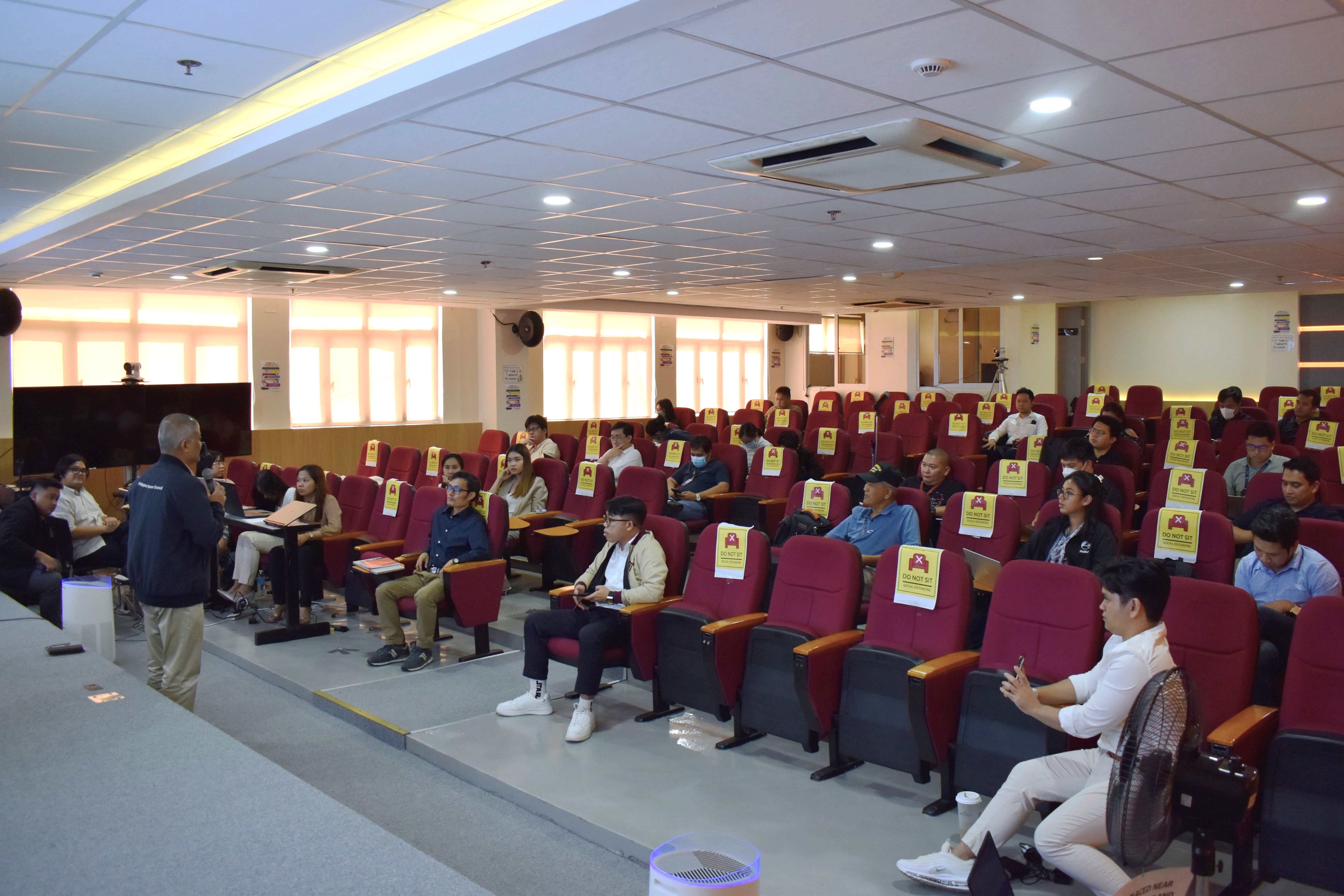
What do we expect from the Maya-7 CubeSat?
Maya-7 will be the 7th CubeSat in the series of Maya satellites, and the first CubeSat project spearheaded by PhilSA. It is an educational satellite project, and as a 2U CubeSat, will measure 10cm x 10cm x 22.7cm and weigh less than 2.7kg.
With this satellite, the engineering teams aim to: (1) provide the amateur radio community with an Automatic Packet Reporting System Digipeater (APRS-DP) payload that would allow them to transmit text messages, location, and other immediate value data in real time; (2) design and develop special camera payload suitable for a CubeSat; and (3) improve store-and-forward (S&F) communication through CubeSats for remote data collection.
Maya-7 is targeted to be launched in 2025 and will also serve as an amateur radio satellite using amateur radio frequencies. It will utilize the Amateur Radio and Satellite Station (ARSS) facility of the UPD EEEI for operation. The feasibility of adding stations in the NMIC Universities is currently being considered.
Its next project milestone, the Engineering Model Design Review, is planned to be held in November/December 2023.
Learn more about the previous Philippine nanosatellites through the STAMINA4Space website: https://stamina4space.upd.edu.ph/
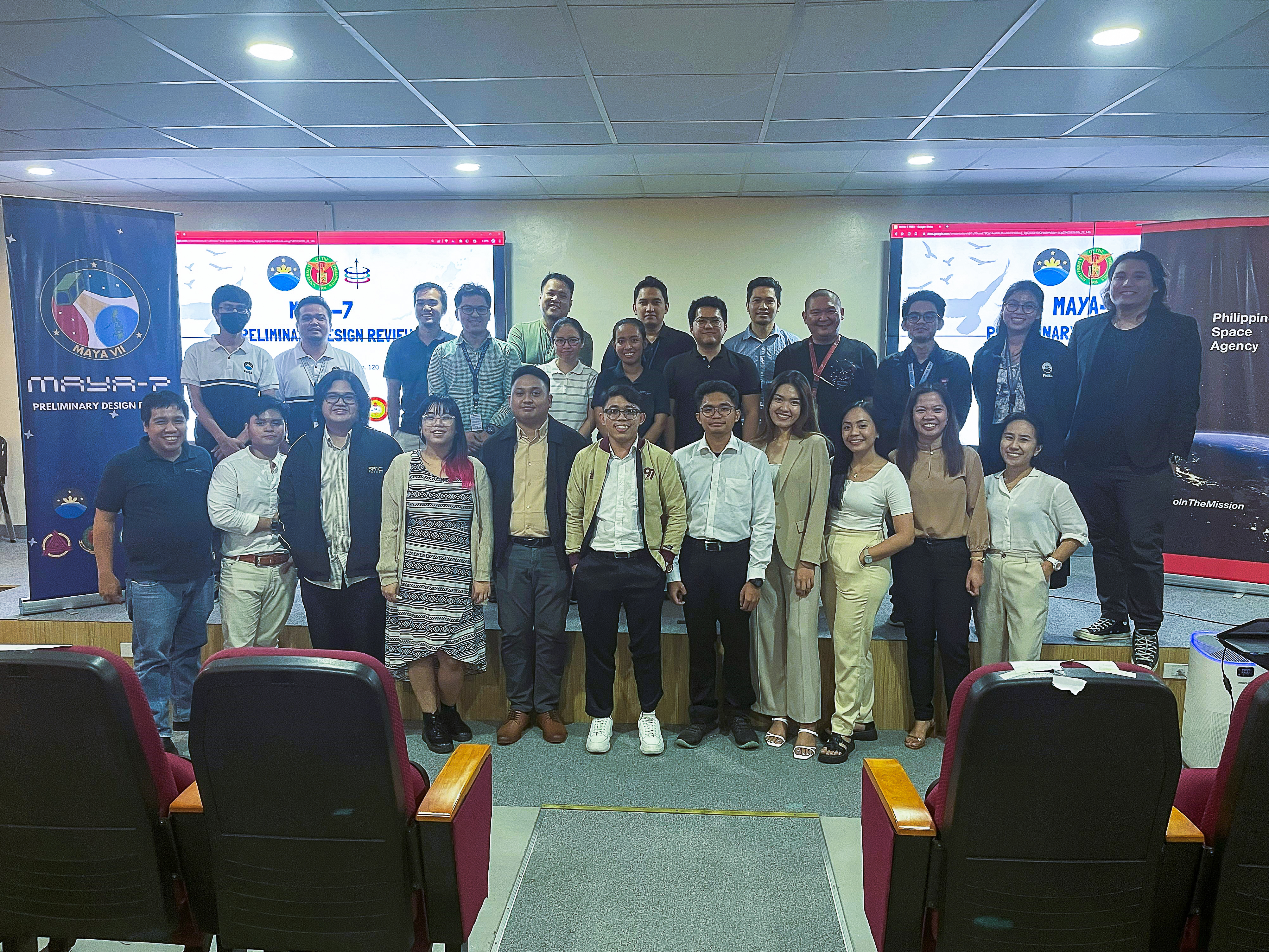
Participants of the Maya-7 PDR at the UPD ULyS3ES Building (23 June 2023)
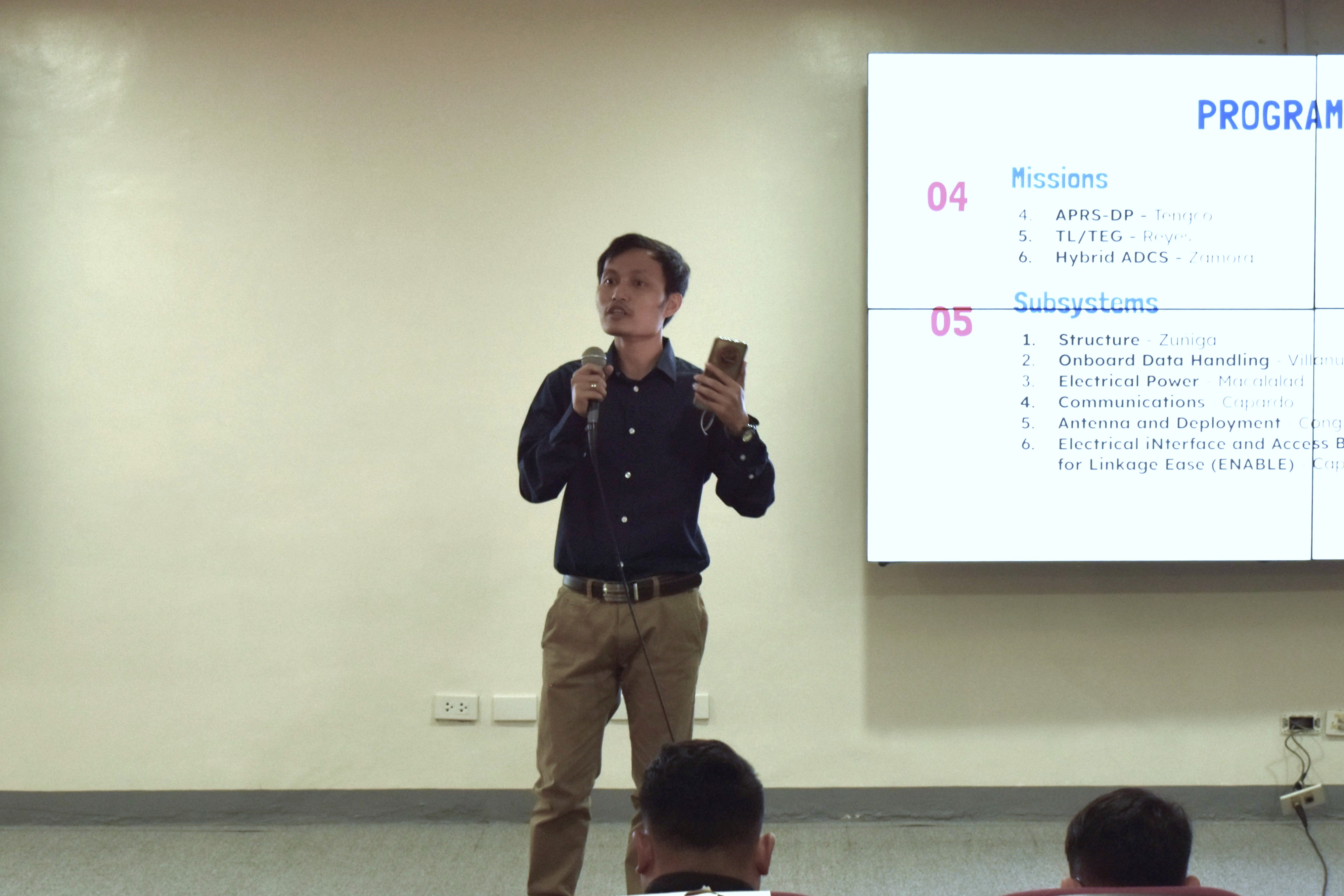
ACCESS Nanosat Project Leader Dr. Adrian Salces welcomes everyone to the Maya-7 PDR (23 June 2023)
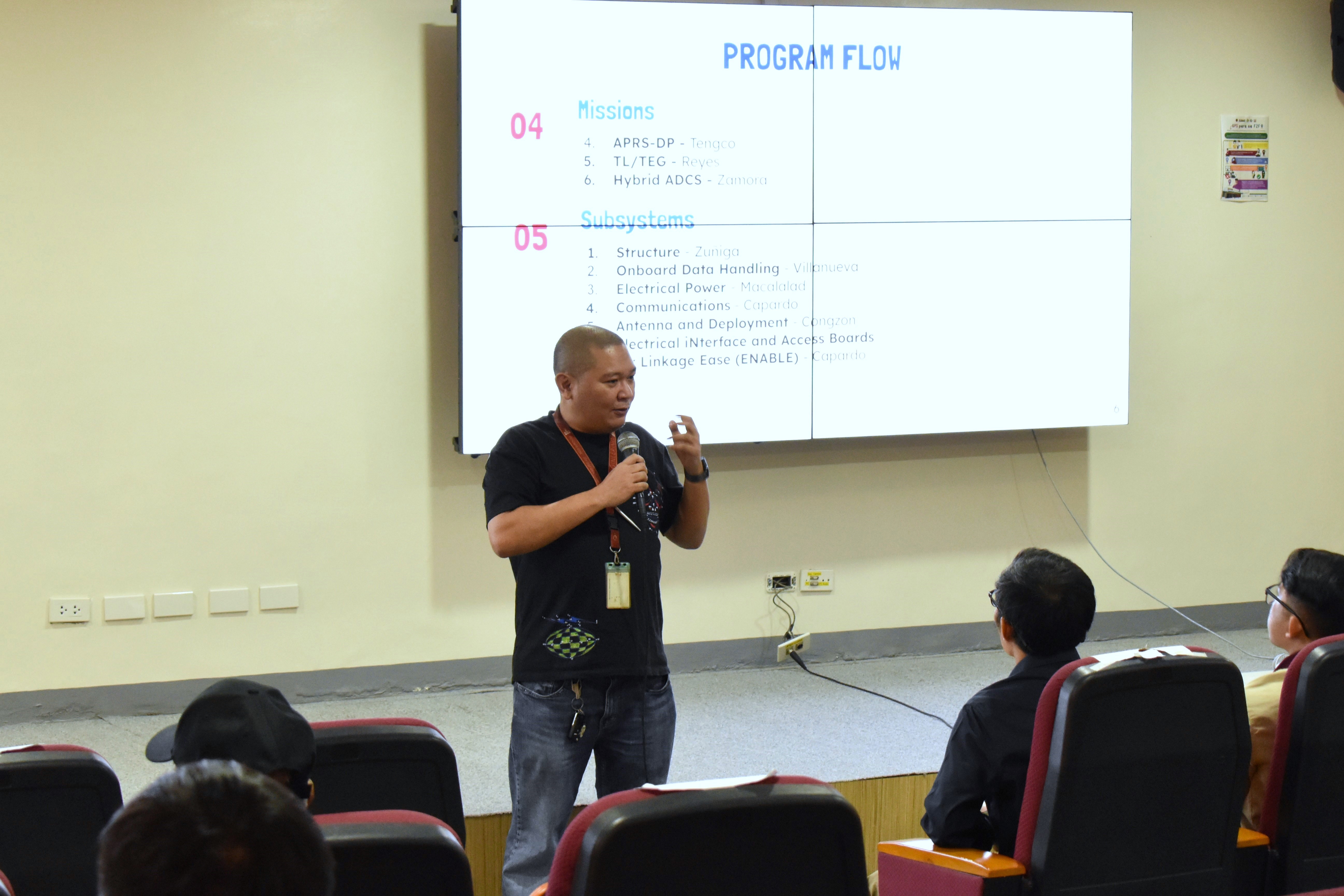
UPD EEEI Assistant Professor and STeP-UP Project leader Dr. Paul Jason Co expresses his pride for the successes of the project (23 June 2023)
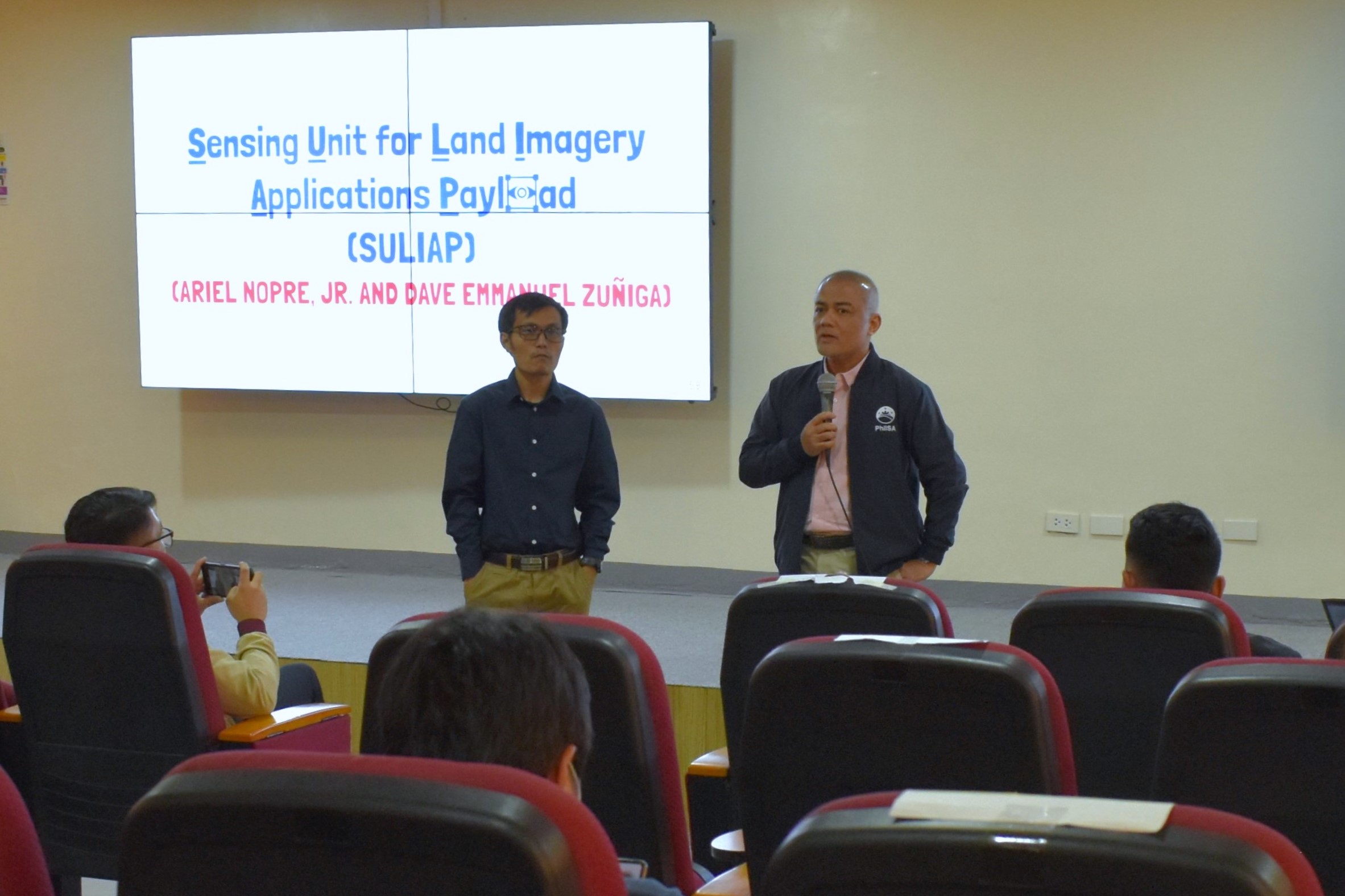
PhilSA Director General Dr. Joel Joseph Marciano, Jr. (R) talks about the goals of Filipino cube satellite projects with Dr. Adrian Salces (L) (23 June 2023)
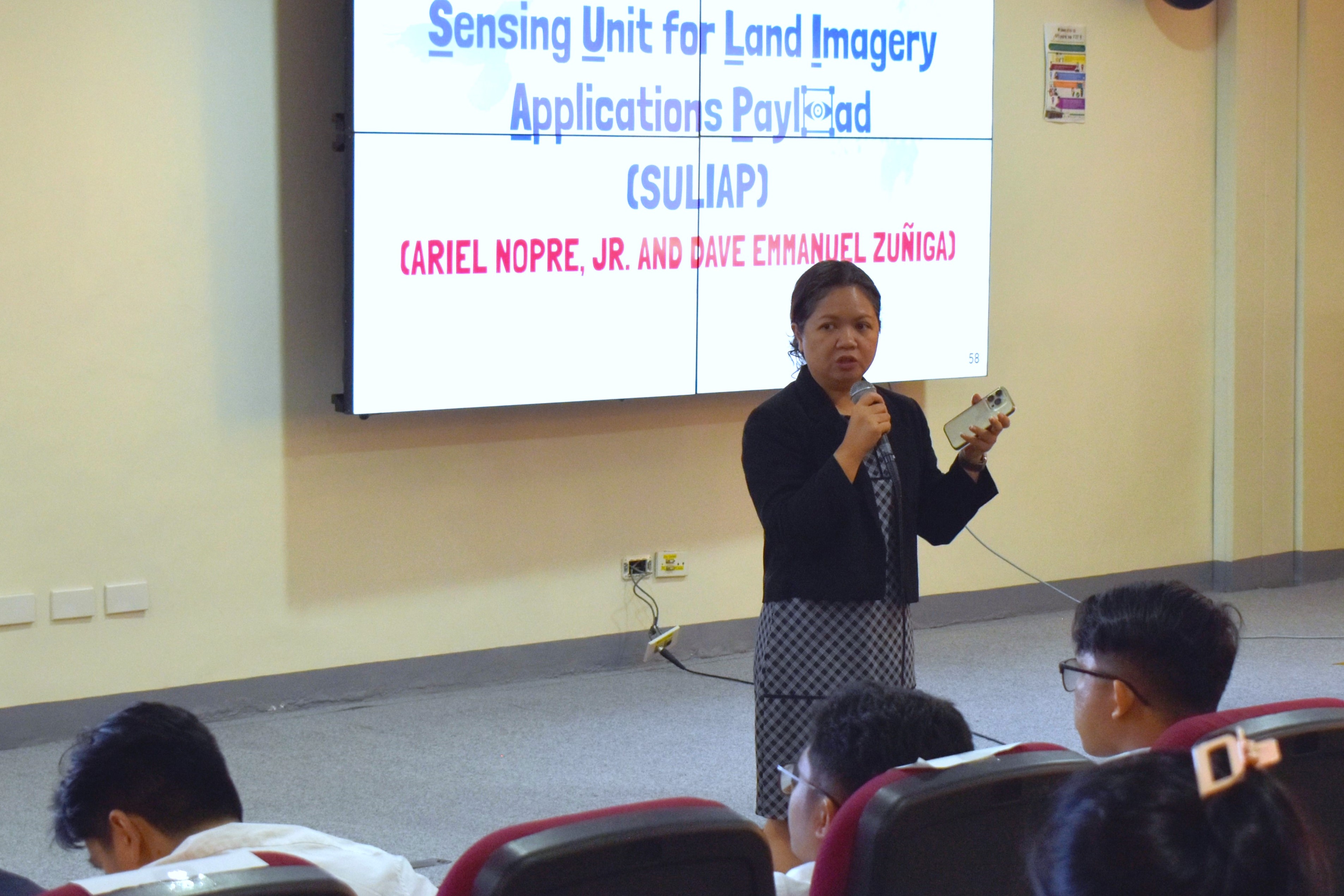
PhilSA Deputy Director General for Space Science and Technology Dr. Gay Jane Perez checks in with the ACCESS Nanosat and NMIC teams on their progress on the project (23 June 2023)
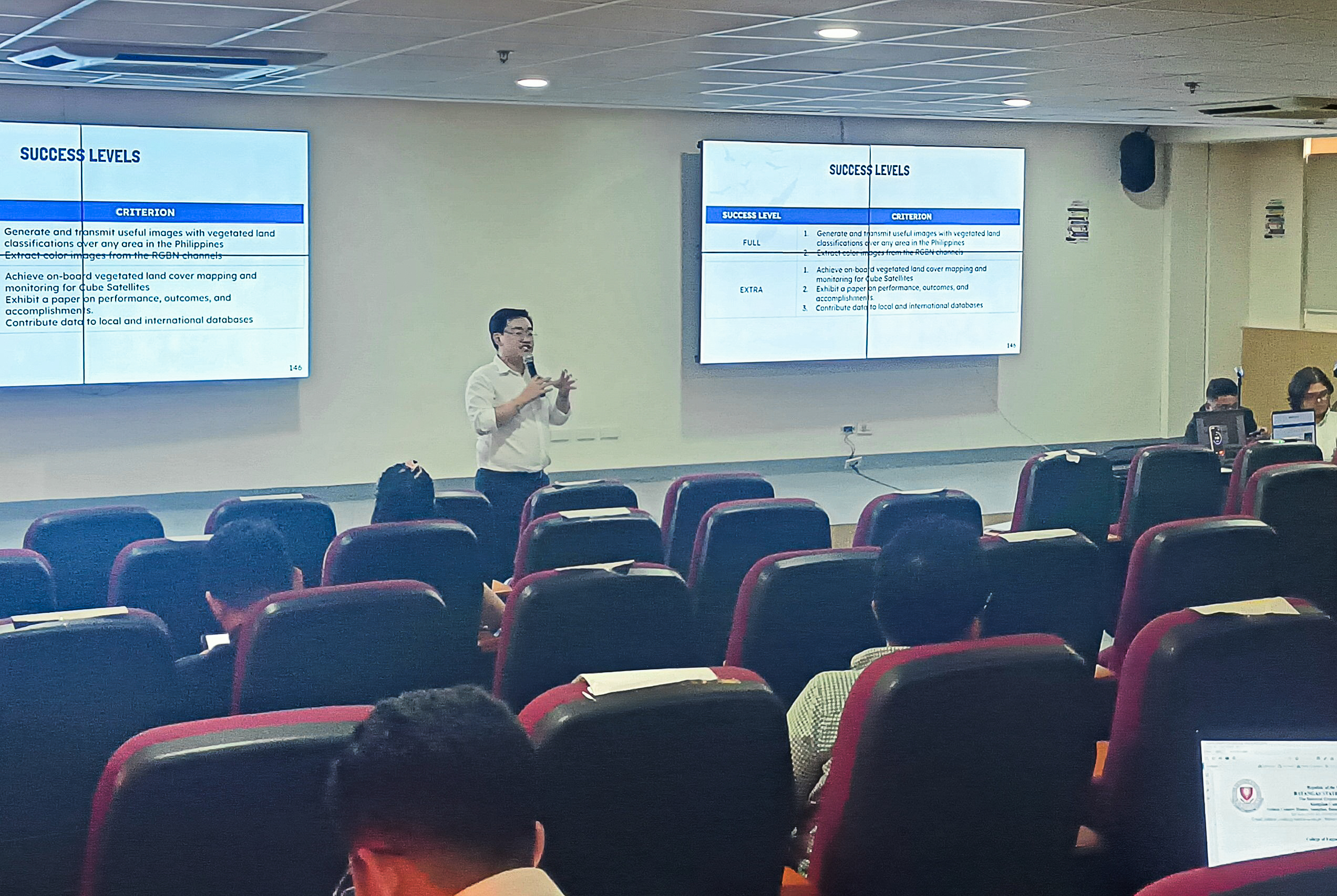
GreenSat Team member Mr. Wayne Akeboshi of DLSU presented their proposed mission payload design (23 June 2023)
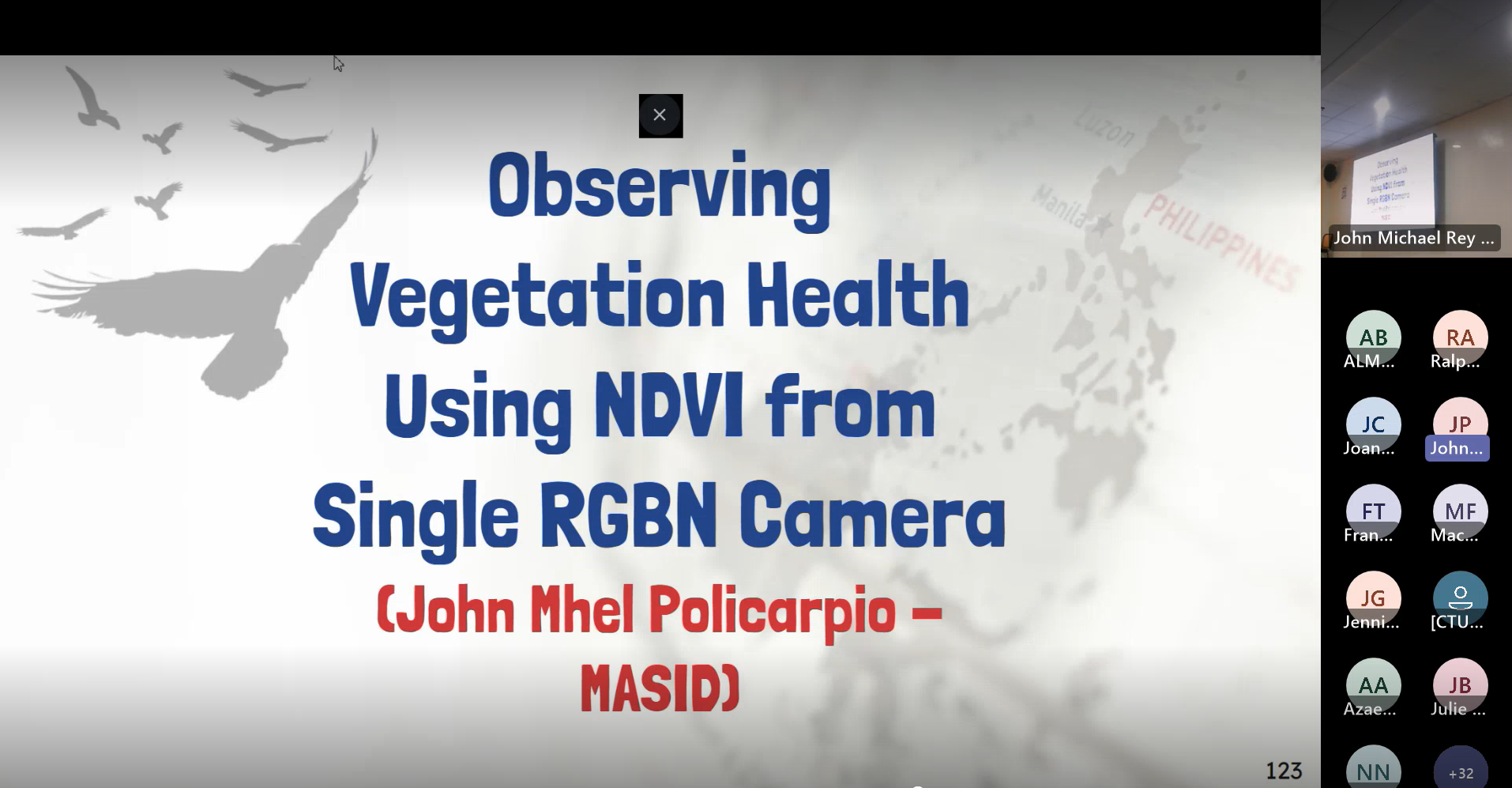
MASID Team’s presentation delivered by student member Mr. John Mhel Policarpio of UPLB (23 June 2023)
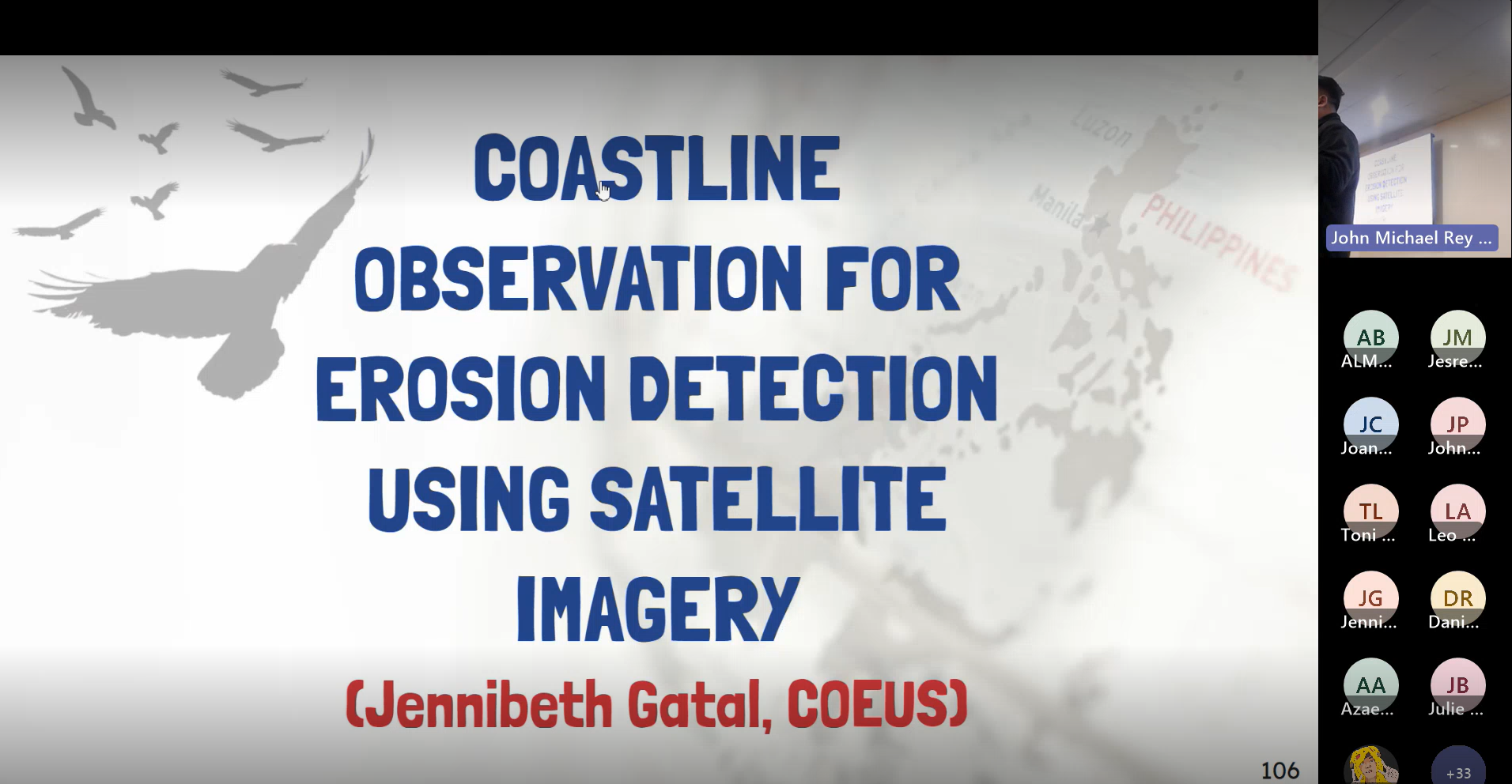
COEUS Team’s presentation delivered by Asst. Prof. Jennibeth Gatal of MSU-IIT (23 June 2023)
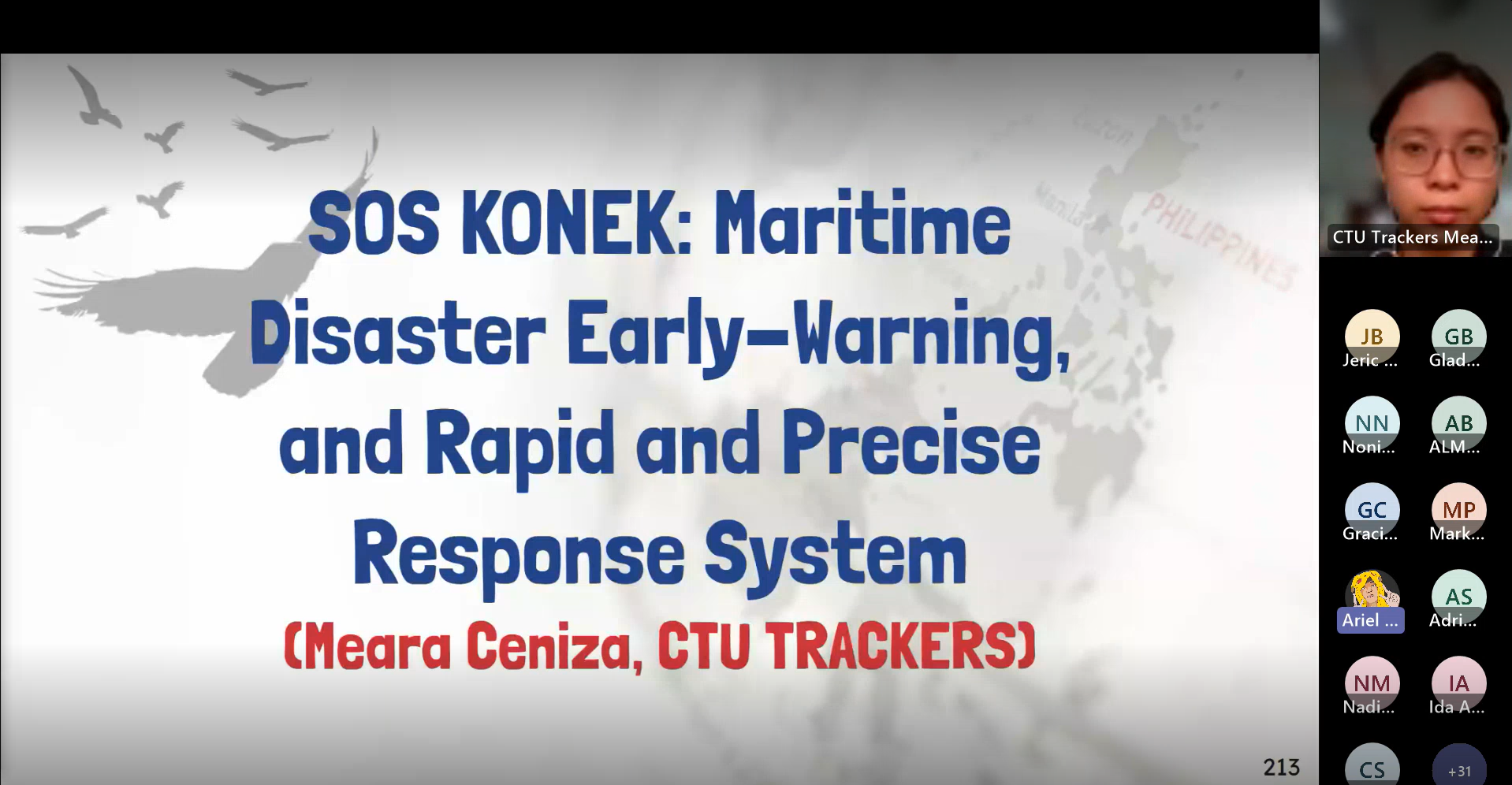
CTU Trackers Team’s presentation delivered by researcher Engr. Meara Ceniza of CTU (29 June 2023)
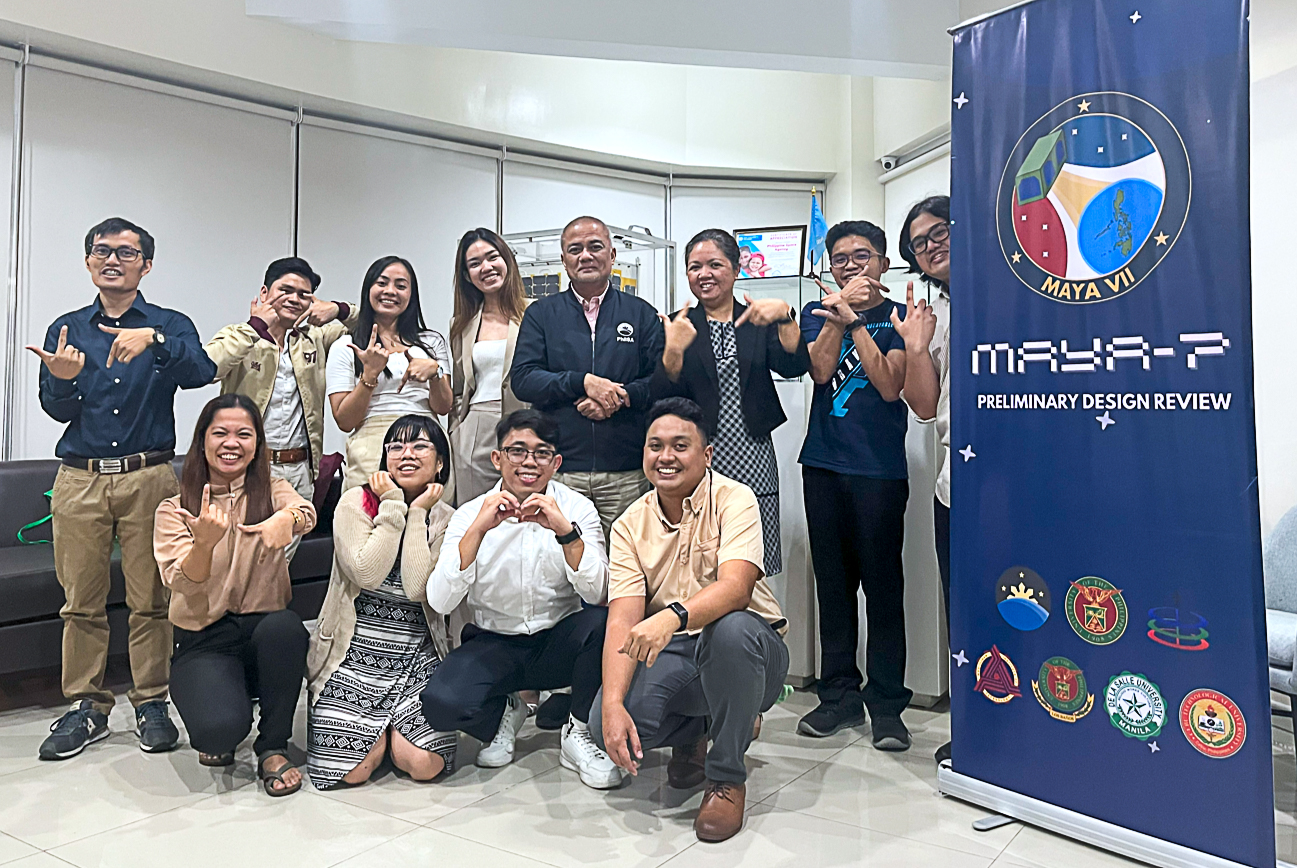
The ACCESS Nanosat Project leader and team with PhilSA Officials (23 June 2023). From left to right, upper to lower: Dr. Adrian Salces (ACCESS Nanosat Project Leader), Jonard Jairo Reyes, Joannarose Congzon, Ella Louise Tengco, PhilSA DG Dr. Joel Joseph Marciano Jr., PhilSA DDG Dr. Gay Jane Perez, Dave Emmanuel Zuñiga, John Abiel Villanueva, Gracielle Capardo, Nadine Macalalad, Ariel Nopre Jr., John Michael Zamora (23 June 2023)
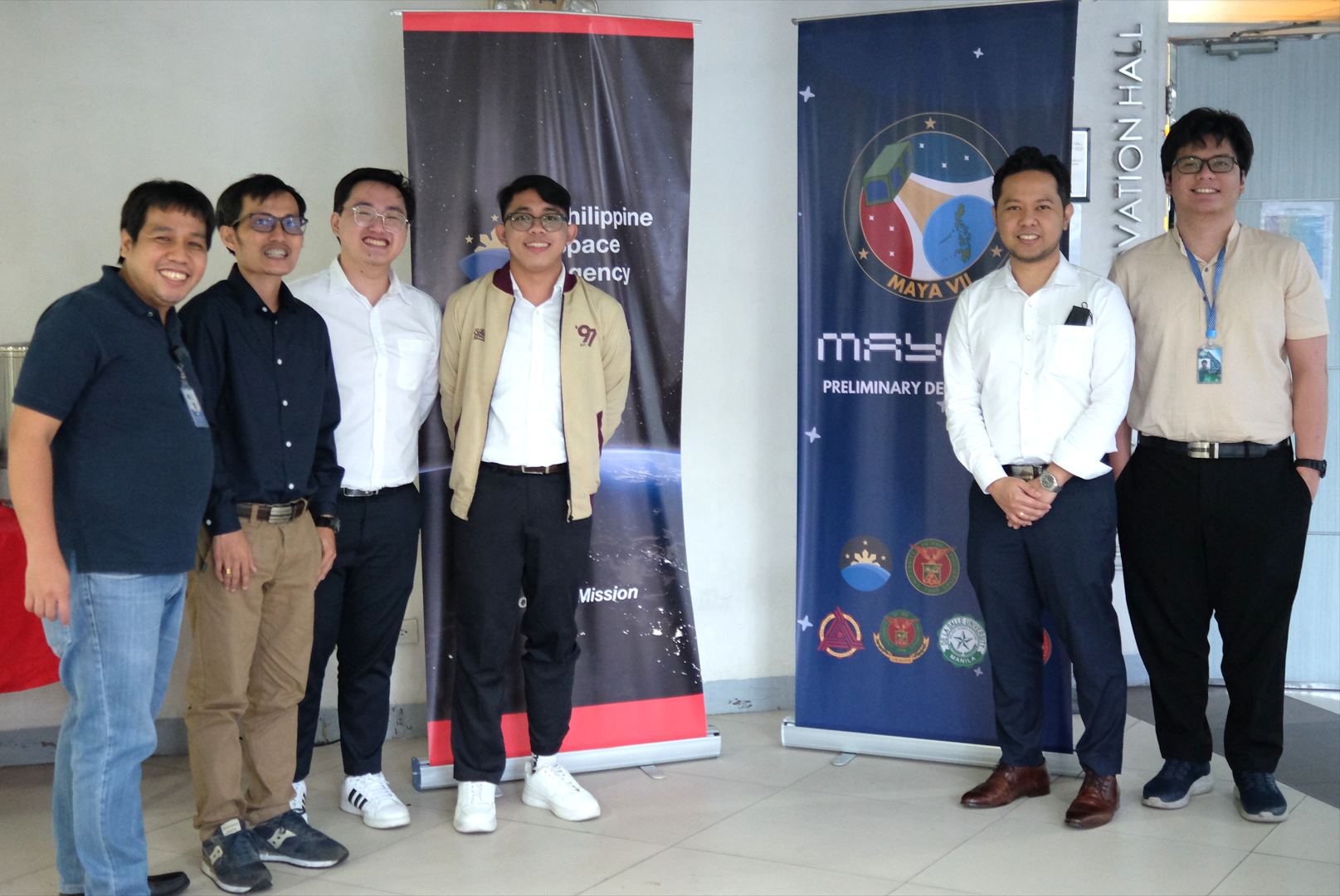
Photo opportunity with the GreenSat Team of DLSU. From left to right: Dr. Atchong Hilario (PhilSA optics mentor), Dr. Adrian Salces (ACCESS Nanosat Project Leader), Mr. Wayne Akeboshi (GreenSat team student member), Engr. Ariel Nopre Jr. (ACCESS team member), Assoc. Prof. Dr. Robert Kerwin Billones (GreenSat team faculty adviser), and Mr. Ramiel Detecio (GreenSat team student member) (23 June 2023)
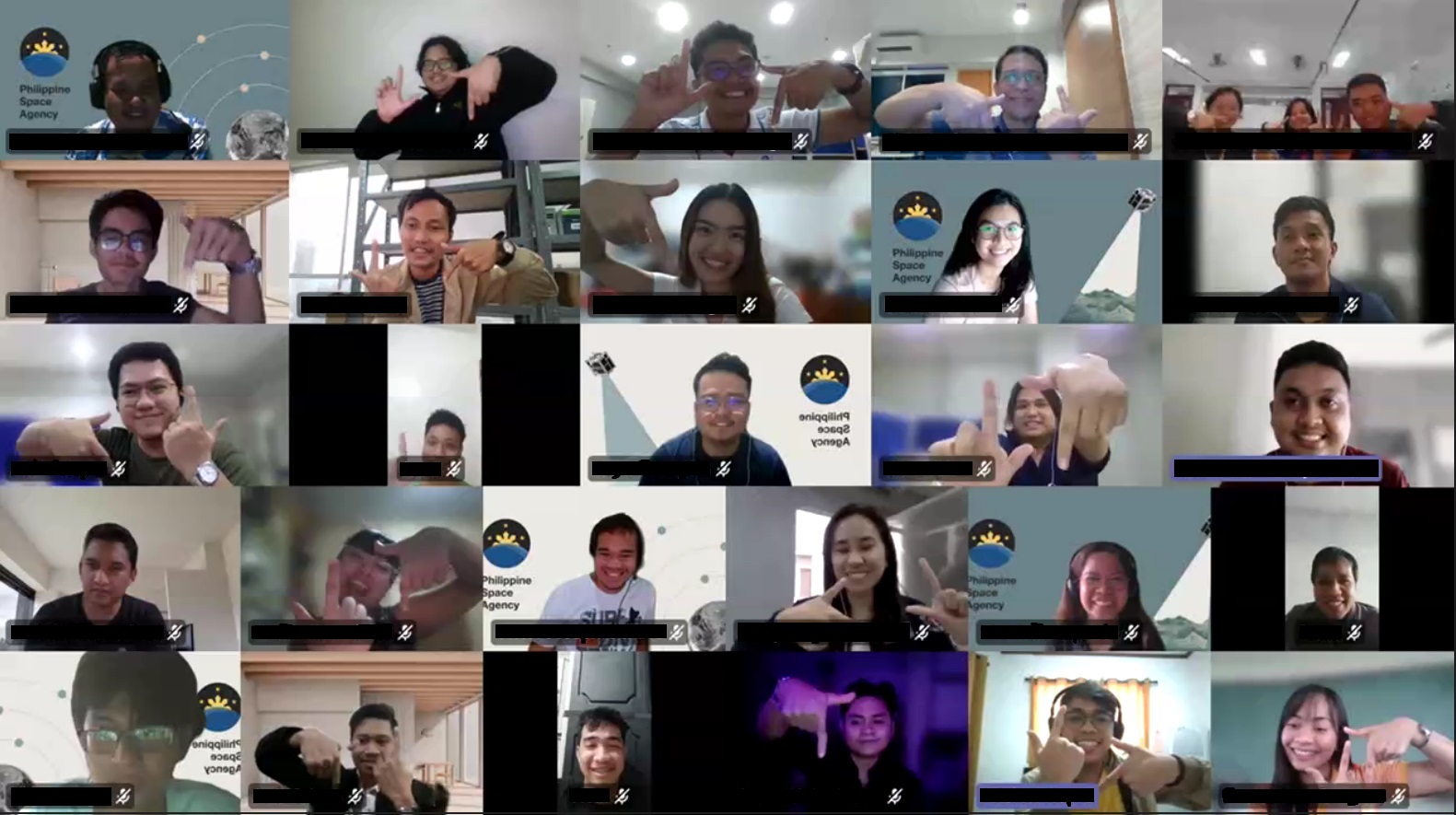
Online meeting of the Maya-7 CubeSat PDR (29 June 2023)




